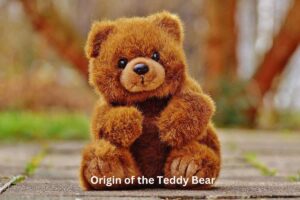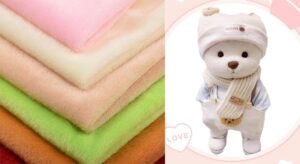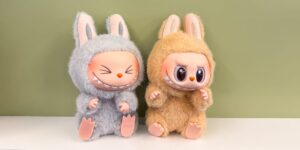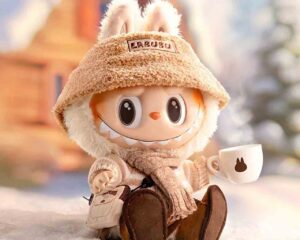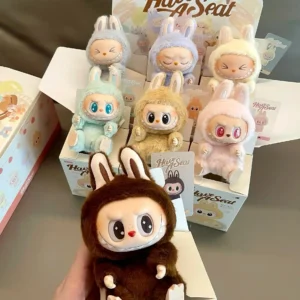When you think of a plush toy, what springs to mind? Is it the soft, cuddly feel that brings comfort, or the vivid colors and designs that spark joy in kids and collectors alike? Plush toys are more than just playthings—they’re a blend of art, science, and careful material selection that shapes their quality and appeal. Understanding what materials make up these beloved companions can help you appreciate their craftsmanship and choose the right product for your needs.
Summary: Plush toys are primarily made from polyester fibers, cotton, and other synthetic or natural fabrics that provide softness, durability, and safety. Manufacturers select materials based on factors like texture, hypoallergenic properties, environmental impact, and compliance with safety standards.
Imagine unwrapping a plush toy for a child’s birthday—what goes into that perfect softness and vibrant color? Let’s explore the world behind the fabric to see what plush toys are truly made of and why it matters.
1.What are the most common materials used in plush toys?

The most common materials in plush toys include polyester fibers, cotton, acrylic, and blends, each chosen for their softness, durability, and cost-effectiveness.
- Polyester Fibers: By far the most widely used material, polyester provides softness and durability. It’s lightweight, resistant to wrinkles and shrinking, and easy to clean, making it ideal for toys that need to withstand rough play and frequent washing.
- Cotton: A natural fiber prized for its softness and breathability. Cotton plush toys feel gentle on the skin and are often used in premium or organic toy lines. However, cotton can be less durable and more prone to fading.
- Acrylic: Acrylic fibers add fluffiness and volume to plush toys. Often blended with other fibers, acrylic enhances plushiness but may reduce breathability.
- Blends: Many plush toys use blended materials combining polyester, cotton, and acrylic to balance softness, durability, and appearance.
- Fillings: The inside stuffing is usually polyester fiberfill or sometimes natural materials like cotton or wool, affecting the toy’s firmness and weight.
Each material choice impacts the toy’s feel, longevity, and care requirements, influencing the overall customer experience.
Thinking of a custom plush toy? Reach out to Kinwin to explore tailored material options that balance quality and sustainability for your brand.
| Material | Characteristics | Advantages | Considerations |
|---|---|---|---|
| Polyester Fibers | Soft, durable, lightweight, wrinkle and shrink resistant, easy to clean | Ideal for rough play and frequent washing | Synthetic, less breathable than natural fibers |
| Cotton | Natural fiber, soft, breathable, gentle on skin | Used in premium/organic toys | Less durable, prone to fading |
| Acrylic | Adds fluffiness and volume, often blended with other fibers | Enhances plushiness | May reduce breathability |
| Blends | Combination of polyester, cotton, acrylic | Balances softness, durability, and appearance | Properties vary based on blend ratio |
| Fillings | Usually polyester fiberfill; sometimes natural materials like cotton or wool | Affects firmness and weight | Different fillings impact feel and weight |
2.Which materials ensure safety and durability in plush toys?
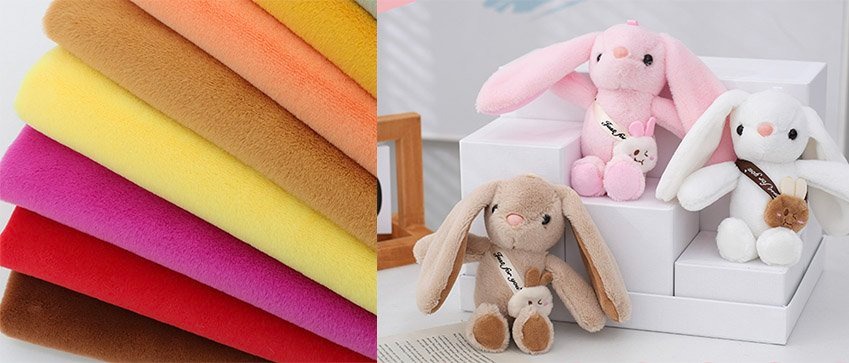
Safe and durable plush toys commonly use polyester and non-toxic synthetic fabrics that meet international safety standards.
- Safety Certifications: Materials must comply with ASTM F963 (US), EN71 (Europe), and other certifications ensuring they’re non-toxic, flame retardant, and free of harmful chemicals.
- Durability Factors: Polyester fibers are favored because they withstand repeated handling, resist pilling, and maintain shape after washing. Natural fibers like cotton may soften but wear out faster.
- Non-toxic Dyes and Treatments: Safe plush toys use dyes and finishes that don’t irritate skin or cause allergies.
- Reinforced Stitching: Durable materials alone aren’t enough; plush toys use strong stitching and double seams to avoid stuffing leaks.
- Washability: Durable materials retain softness and color even after machine washing or spot cleaning, crucial for long-term use.
By combining safe, durable fabrics with quality manufacturing, manufacturers ensure plush toys remain safe companions through years of play.
Interested in high-quality, safety-certified plush toys? Contact Kinwin for OEM solutions tailored to meet your market’s regulatory requirements.
| Aspect | Details | Importance |
|---|---|---|
| Safety Certifications | Comply with ASTM F963 (US), EN71 (Europe), non-toxic, flame retardant, free of harmful chemicals | Ensures materials are safe for children |
| Durability Factors | Polyester fibers resist pilling, maintain shape after washing; natural fibers wear faster | Ensures long-lasting plush toys |
| Non-toxic Dyes | Use of dyes and finishes that do not irritate skin or cause allergies | Prevents allergic reactions and skin irritation |
| Reinforced Stitching | Strong stitching and double seams to prevent stuffing leakage | Enhances structural integrity and durability |
| Washability | Materials retain softness and color after machine washing or spot cleaning | Maintains appearance and hygiene over time |
3.How do manufacturers select eco-friendly and sustainable materials for plush toys?
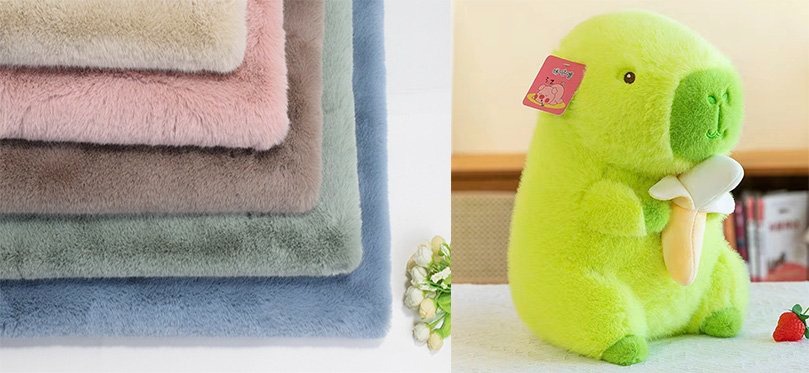
Eco-friendly plush toys use recycled polyester, organic cotton, and biodegradable materials to reduce environmental impact.
- Recycled Polyester: Made from post-consumer plastic bottles, recycled polyester reduces landfill waste and energy consumption during production while maintaining performance.
- Organic Cotton: Grown without synthetic pesticides or fertilizers, organic cotton supports soil health and reduces chemical exposure. It’s biodegradable and a natural alternative to synthetic fibers.
- Biodegradable Fillings: Innovations include corn-based foams and natural fibers like wool or kapok that break down faster than traditional polyester fill.
- Certifications for Sustainability: Look for GOTS (Global Organic Textile Standard), OEKO-TEX, and Bluesign certifications that verify eco-friendly sourcing and processing.
- Challenges: Sustainable materials can be pricier and sometimes less durable. Manufacturers balance cost, performance, and green values based on brand positioning.
Sustainability is not just a trend but a responsibility—forward-thinking plush toy makers prioritize materials that protect our planet without compromising quality.
Partner with Kinwin to develop eco-conscious plush toys that align with your brand’s sustainability goals.
| Eco-friendly Material | Description | Benefits | Considerations |
|---|---|---|---|
| Recycled Polyester | Made from post-consumer plastic bottles; reduces landfill waste and energy consumption | Maintains performance; environmentally friendly | Production cost can be higher |
| Organic Cotton | Grown without synthetic pesticides/fertilizers; biodegradable natural fiber | Supports soil health; reduces chemical exposure | May be less durable than synthetics |
| Biodegradable Fillings | Includes corn-based foams, wool, kapok; breaks down faster than traditional polyester fill | Eco-friendly disposal; reduces plastic pollution | Performance and durability may vary |
| Sustainability Certifications | GOTS, OEKO-TEX, Bluesign certifications verify eco-friendly sourcing and processing | Provides consumer trust and transparency | Certification processes can be complex |
| Challenges | Balancing cost, durability, and sustainability based on brand positioning | Critical for brand identity and consumer appeal | Sustainable materials can be pricier |
4.Do different plush toy materials affect the softness and appearance?

Yes, material choice directly influences how soft a plush toy feels and its visual texture, with polyester giving smooth softness and cotton offering a matte, natural look.
- Softness: Polyester fibers are smooth and silky, providing that classic plush feel kids love. Cotton’s natural fibers feel softer to sensitive skin but lack polyester’s sheen.
- Texture: Acrylic adds fluffiness and volume, enhancing the toy’s “plush” appearance. Velvet or chenille blends create luxurious textures for premium lines.
- Color Vibrancy: Synthetic materials hold dye better, resulting in brighter, more lasting colors. Natural fibers can fade or wash out more easily.
- Weight and Flexibility: Heavier fabrics like thick cotton can make toys feel substantial, while lightweight polyester creates airy softness.
- Durability vs. Appearance Trade-offs: Some soft materials may pill or flatten over time, while more durable ones might sacrifice plushness.
Choosing the right material is a balancing act depending on the desired feel, look, and durability for the target customer.
Looking for a plush toy that combines softness and vibrant design? Kinwin offers expert guidance to customize materials perfectly.
| Factor | Impact of Material Choice | Notes |
|---|---|---|
| Softness | Polyester provides smooth, silky softness; cotton feels softer on sensitive skin but less shiny | Polyester offers classic plush feel; cotton is natural and matte |
| Texture | Acrylic adds fluffiness and volume; velvet/chenille blends create luxury textures | Enhances plush appearance, especially for premium products |
| Color Vibrancy | Synthetic fibers hold dye better for brighter, longer-lasting colors | Natural fibers may fade or wash out more easily |
| Weight & Flexibility | Thick cotton feels heavier and substantial; polyester feels light and airy | Material affects toy’s heft and play feel |
| Durability vs Appearance | Soft materials may pill or flatten; durable fabrics might reduce plushness | Balance is key depending on product positioning |
5.Is hypoallergenic material important for plush toys? Which materials are hypoallergenic?
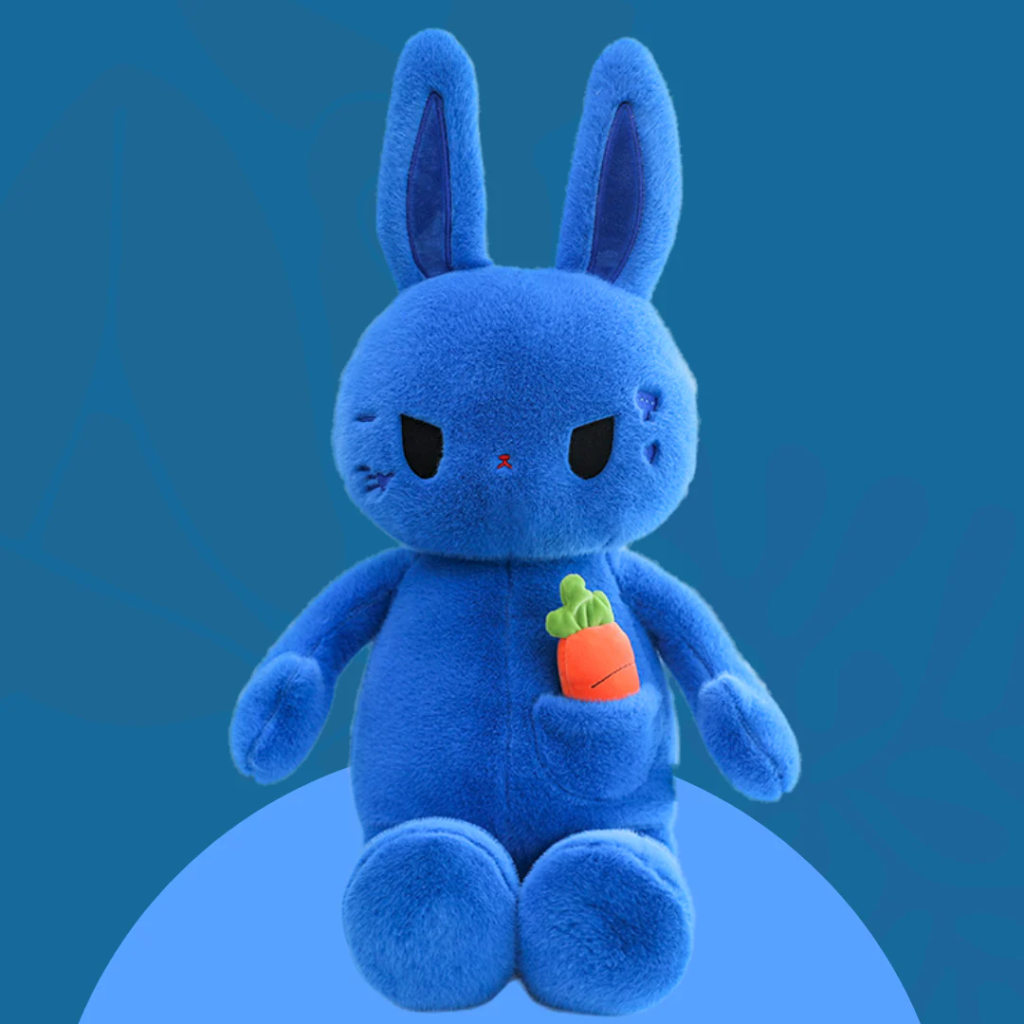
Hypoallergenic materials like polyester and organic cotton are crucial for sensitive users to prevent allergic reactions and ensure safe play.
- Importance of Hypoallergenic Materials: Children and individuals with allergies need toys that minimize risks of skin irritation, respiratory issues, or allergic reactions.
- Polyester: Naturally hypoallergenic and resistant to dust mites, polyester is a preferred choice in medical-grade and allergy-friendly plush toys.
- Organic Cotton: Free from pesticides and chemicals, organic cotton is gentle on sensitive skin and breathable.
- Other Materials: Bamboo fiber and microfiber blends are emerging hypoallergenic options.
- Avoiding Allergens: Manufacturers avoid natural animal fibers like wool or feathers that may trigger allergies.
- Testing: Materials undergo allergen and irritant testing to certify hypoallergenic claims.
Ensuring plush toys are hypoallergenic broadens market appeal and builds trust with health-conscious consumers.
Want hypoallergenic plush toys that combine safety and comfort? Connect with Kinwin’s R&D team for tailored solutions.
| Aspect | Details | Importance |
|---|---|---|
| Importance of Hypoallergenic Materials | Minimizes risk of skin irritation, respiratory issues, and allergic reactions | Essential for children and allergy-sensitive users |
| Polyester | Naturally hypoallergenic, resistant to dust mites | Preferred for medical-grade and allergy-friendly toys |
| Organic Cotton | Grown without pesticides/chemicals, gentle on sensitive skin, breathable | Suitable for sensitive users |
| Other Materials | Bamboo fiber and microfiber blends emerging as hypoallergenic options | Expands material choices for sensitive users |
| Avoiding Allergens | Avoids animal fibers like wool or feathers that may trigger allergies | Reduces allergic reaction risk |
| Testing | Allergen and irritant testing certifies hypoallergenic claims | Ensures product safety and consumer trust |
6.How are plush toy materials tested for quality and compliance?
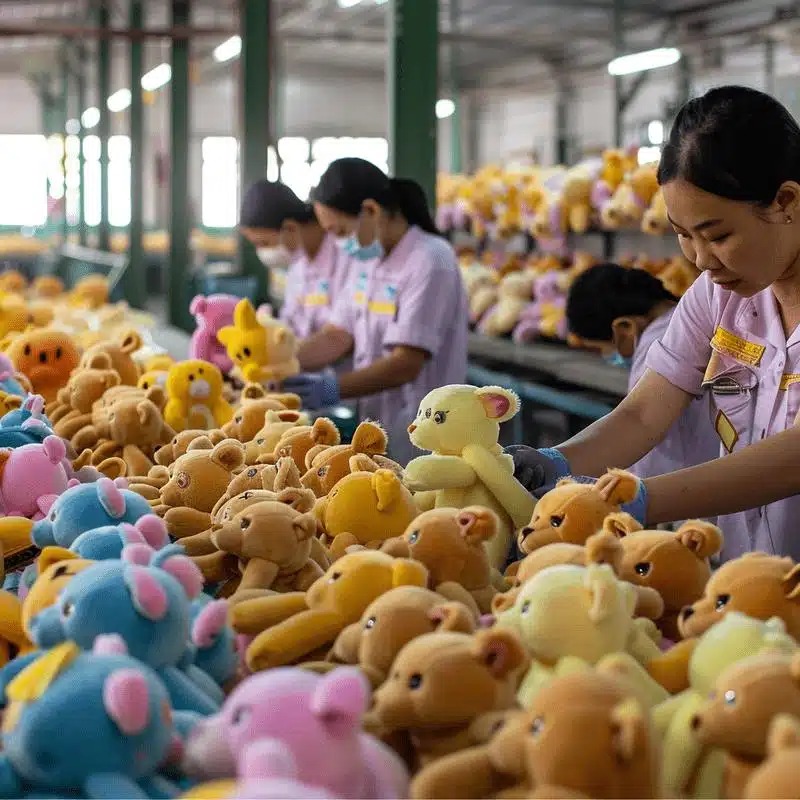
Plush toy materials undergo rigorous testing for safety, durability, and compliance with international toy safety regulations before market release.
- Material Safety Tests: Checking for toxic chemicals, heavy metals, and flammability per ASTM F963, EN71, and ISO standards.
- Durability Testing: Includes tensile strength of fabrics, seam strength, and abrasion resistance to ensure long-lasting toys.
- Washability and Colorfastness: Testing to ensure materials retain color and shape after repeated cleaning.
- Allergen and Skin Sensitivity Testing: Verifying hypoallergenic claims through clinical and lab tests.
- Third-party Certification: Many brands seek certifications from recognized labs to boost consumer confidence.
- Continuous Quality Control: Factories perform batch testing throughout production to maintain consistent standards.
Reliable testing guarantees plush toys are safe, durable, and meet consumer expectations worldwide.
Ready to ensure your plush toys meet global standards? Contact Kinwin to learn about our stringent quality controls and certifications.
| Test Type | Description | Purpose |
|---|---|---|
| Material Safety Tests | Check for toxic chemicals, heavy metals, flammability per ASTM F963, EN71, ISO standards | Ensure materials are safe for children |
| Durability Testing | Test tensile strength, seam strength, abrasion resistance | Guarantee long-lasting plush toys |
| Washability & Colorfastness | Verify materials retain color and shape after repeated washing | Maintain appearance and hygiene |
| Allergen & Skin Sensitivity Testing | Clinical and lab tests to verify hypoallergenic claims | Confirm safety for sensitive users |
| Third-party Certification | Certifications from recognized labs (e.g., SGS, Intertek) | Boost consumer trust and regulatory compliance |
| Continuous Quality Control | Batch testing during production to ensure consistency | Maintain product quality throughout manufacturing |
Conclusion
Choosing the right materials for plush toys is both an art and a science. From soft polyester fibers to organic cotton and innovative eco-friendly alternatives, each material plays a critical role in creating toys that are safe, durable, and delightful. By understanding material properties and testing standards, brands and consumers can make informed decisions that enhance satisfaction and safety.
At Kinwin, we combine advanced production technology with strict quality control and sustainable practices to deliver plush toys that meet your unique specifications and market demands. Whether you want vibrant, hypoallergenic, or eco-conscious plush toys, we’re here to turn your ideas into reality.
Contact Kinwin today to discuss your custom plush toy needs and bring exceptional products to your customers!




